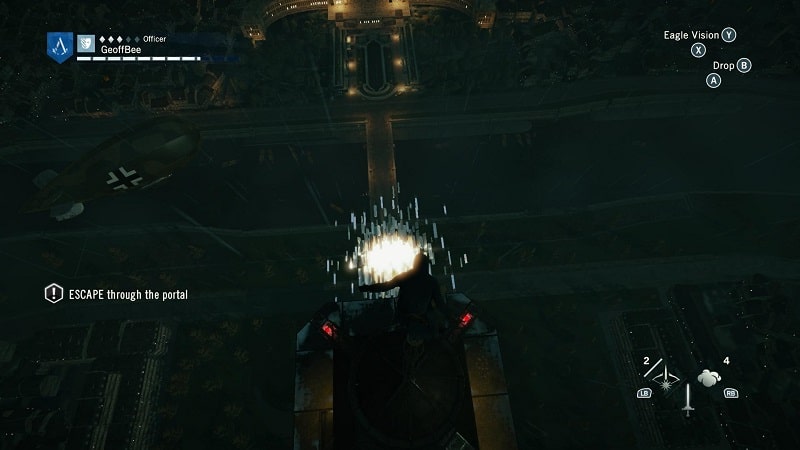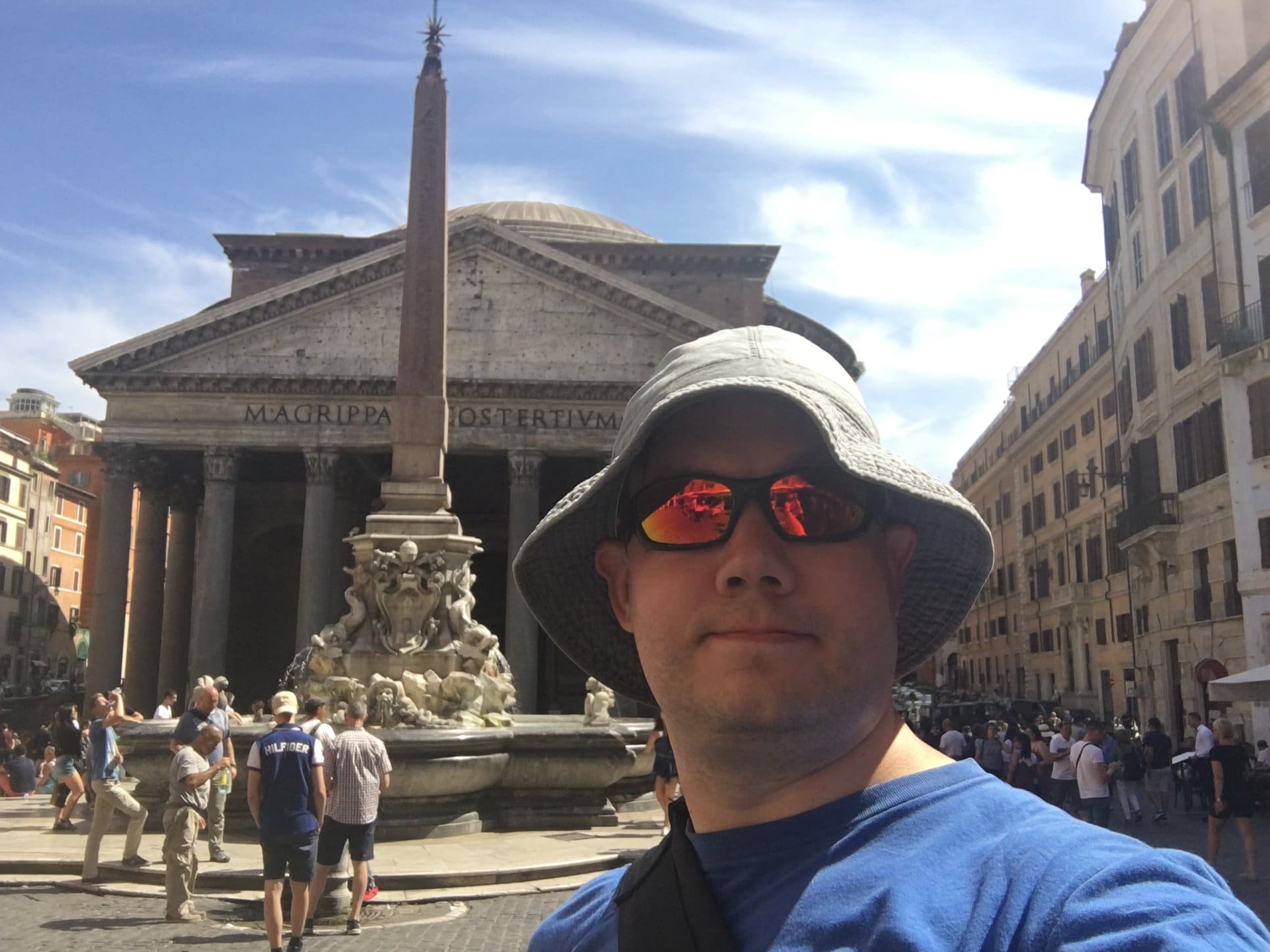Assassin’s Creed Unity – Up Where We Belong
Geoff has gone to Paris this week, so we’ve raided the archives and found his piece on Assassin’s Creed Unity from November 2014. It seemed appropriate enough.
I enjoyed Assassin’s Creed Black Flag and Assassin’s Creed III – once I got past the quite frankly unforgivable gameplay changes – but I felt there was something missing from them. In the original Assassin’s Creed and in the Ezio series I always enjoyed running along the rooftops, high above the ground, making impossible leaps between buildings. I found the buildings in ACIII and Black Flag to be, in short, too low. Sure there was the occasional mansion or church steeple but there was nothing that had the feeling of being way up high.
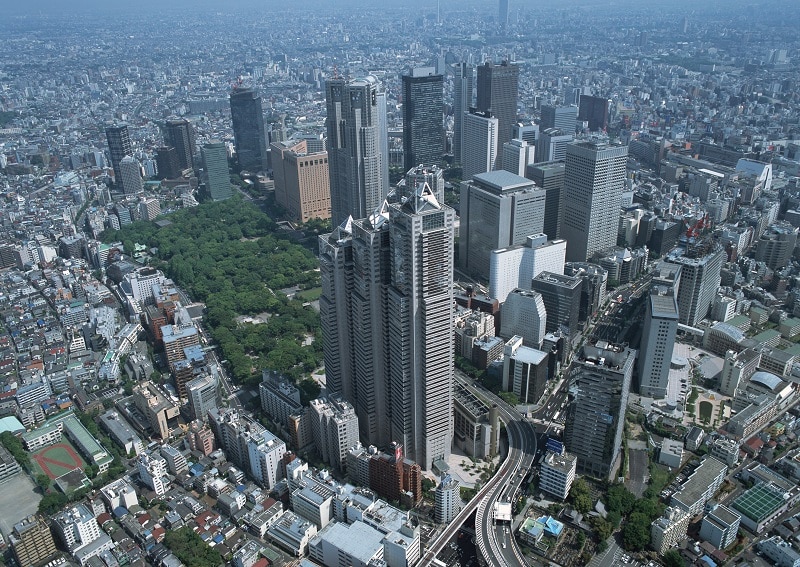
In some ways, then, Assassin’s Creed Unity was like a homecoming. Sure, it wasn’t without it’s other issues, which I won’t go into here except to say that I could only run it acceptably in a windowed 720p mode and even then on lower settings than I’m used to. Revolutionary Paris promised a lot of things – intrigue, conspiracy, and lots of blood and severed heads – but to me it promised something more – high buildings, lots and lots of them.
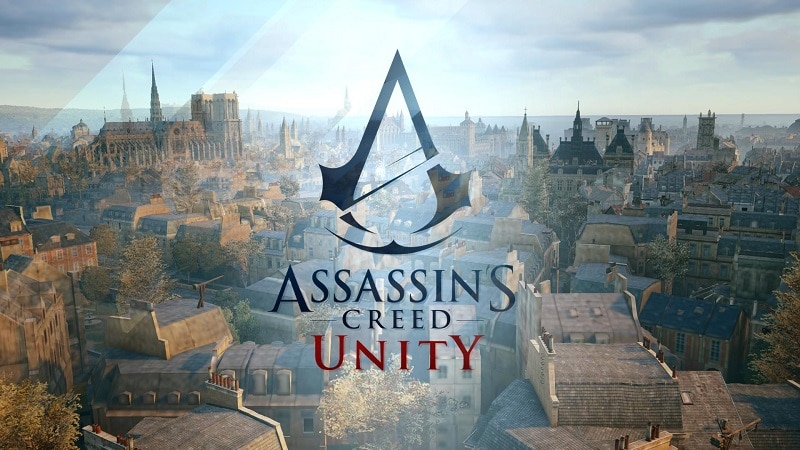
First things first though. Assassin’s Creed Unity is, as I’m sure you’re well aware, a story about a young man – Arno Victor Dorian – who, through events outside of his control, has lost his father, his adoptive father, his love, pretty much everything, and he is drawn into the centuries old conflict between the Assassins and the Templars. Remind you of a certain young nobleman from the Italian Renaissance?
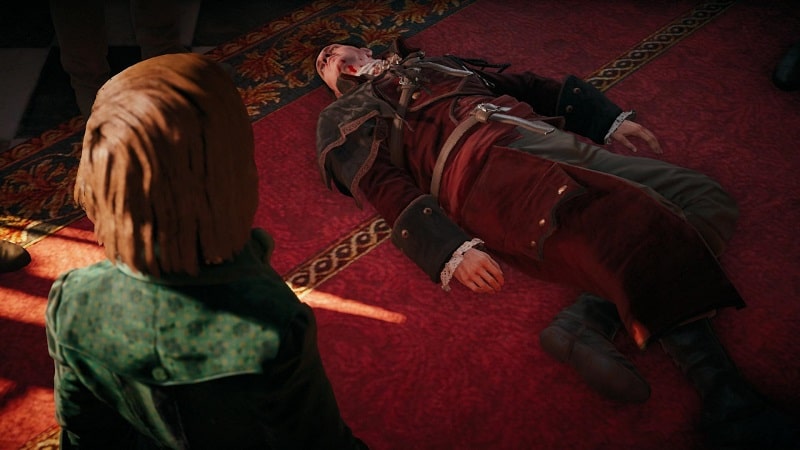
Actually there are a lot of similarities between Arno and Ezio. Both are brash, headstrong and reckless, more concerned with their own interests and amusement rather than looking at wider events. Both suffer severe tragedies, losing their fathers – two in Arno’s case – and both swear revenge against the guilty parties, learning from a more experienced mentor and joining the Assassin Brotherhood to gain their aid. It does feel like the series is going back to its roots.
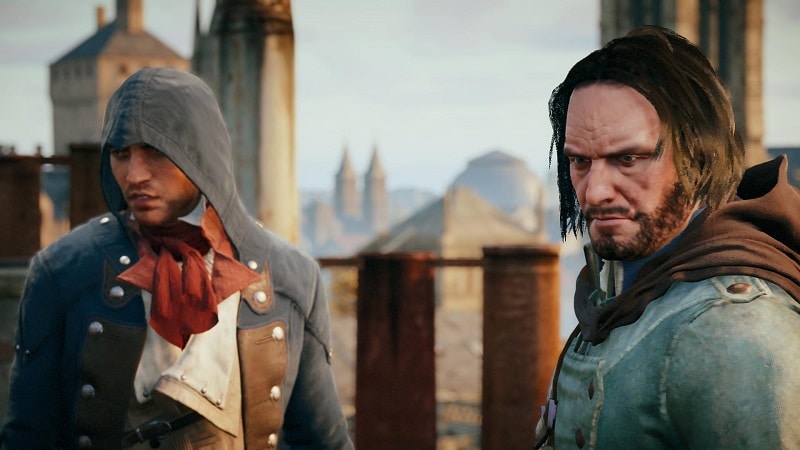
Where the two characters differ is in that while Ezio recognises that there are larger things happening and is eventually able to put his own personal vengeance aside, Arno never quite lets go of it. This is probably due to the other major character in Unity – Elise, Arno’s love and, as you would expect, a Templar. Her father was Arno’s foster father and so she has an even greater hunger for revenge. Arno is really dragged along in her wake, killing his way up the Templar hierarchy as he goes.
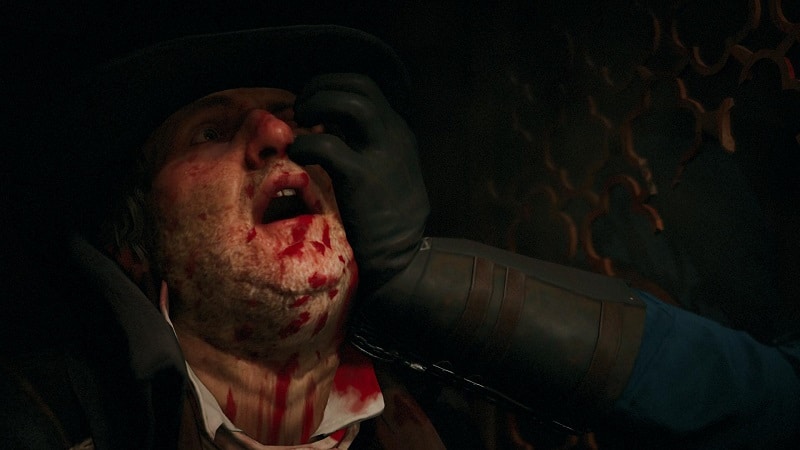
The game is designed to be less linear than the previous entries, with assassination targets essentially being sandboxes – you are given a target, a location and let loose. This does kind of break down with the optional objectives along the way, which make life easier by providing distractions and infiltration opportunities, but they do tend to funnel you into a certain path through the mission. It’s like Ubisoft is saying “You can go any way you want, but we really really really want you to go this way.”
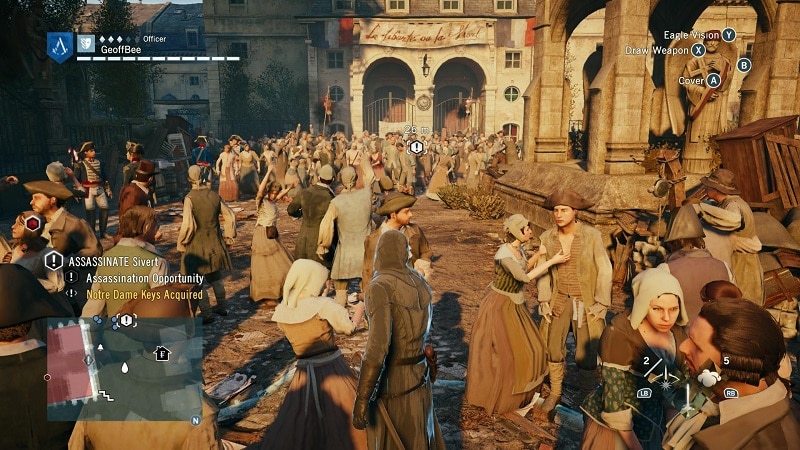
Aside from all of that though the city of Paris presented here is nothing less than amazing. This is probably the largest city in any AC game to date and the scale and attention to detail is obvious to see. Famous landmarks like the Palace of Versailles, the Louvre, the Bastille, almost any historical building you can think of is presented faithfully and the database shows the historicalresearch that has gone into each one. It’s a cliché but you could almost imagine you were really there.
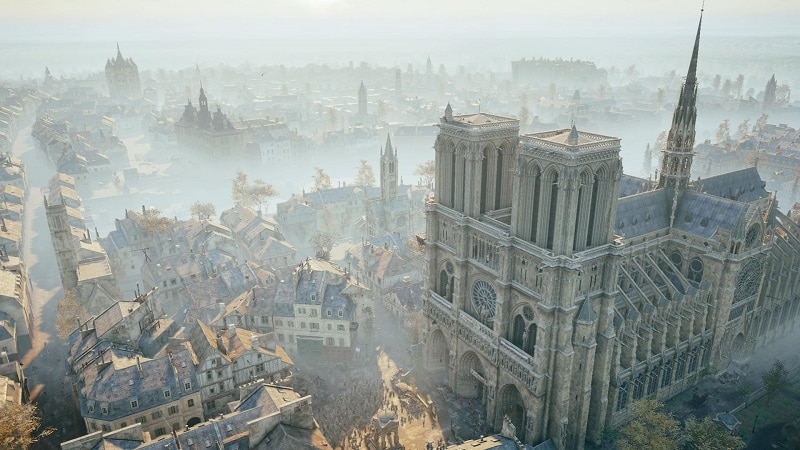
The flaws in the game, not to mention the bugs, are annoying but not too intrusive and even though the story is treading well-worn territory it’s worth it just for exploring Paris. Side missions like murder mysteries and treasure hunts provide welcome distractions – possibly too many – and overall the experience of running and climbing over those old buildings has been well worth the wait. Oh and the views are fantastic too. Hopefully the next game in the series will be even better.
